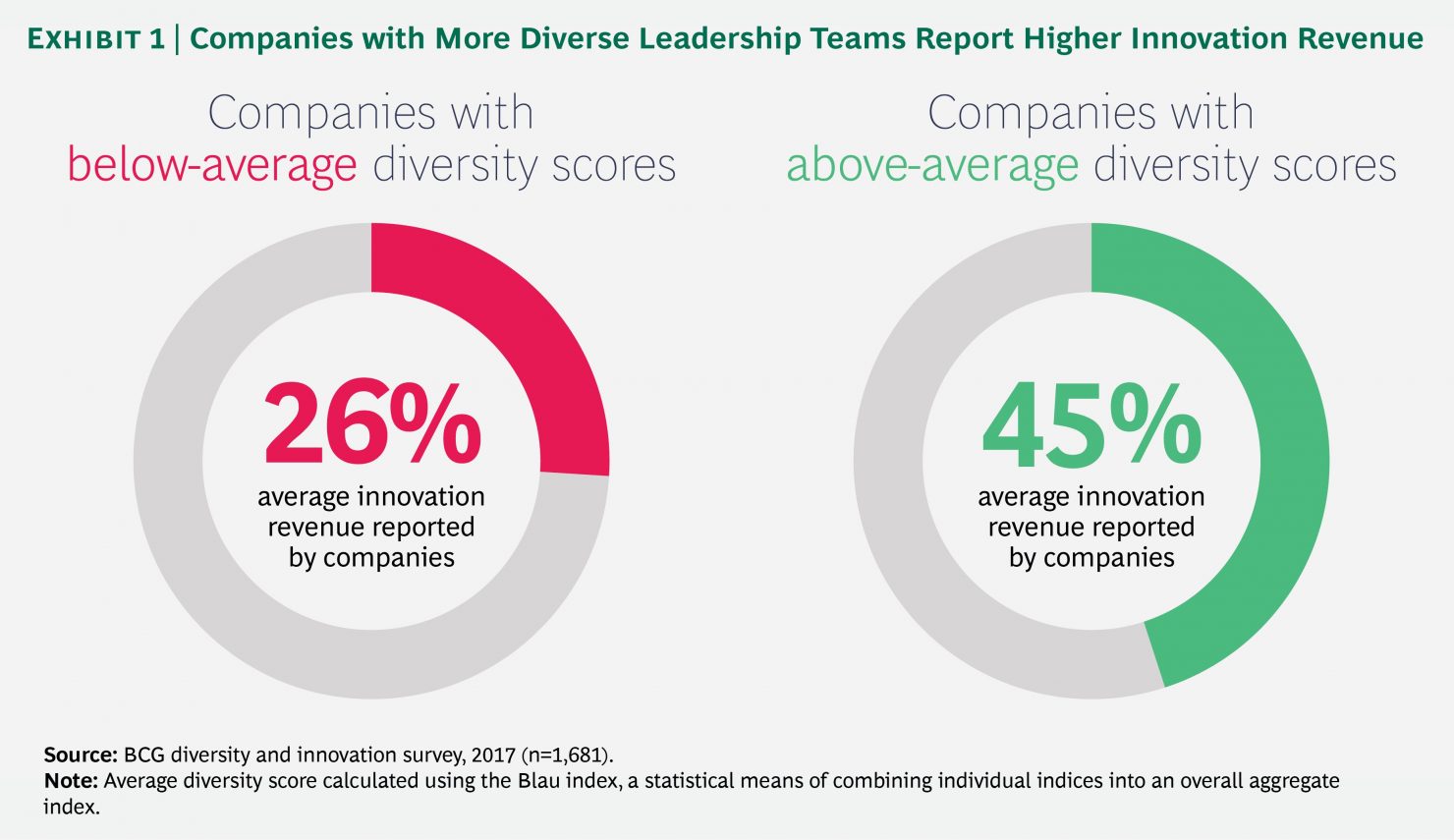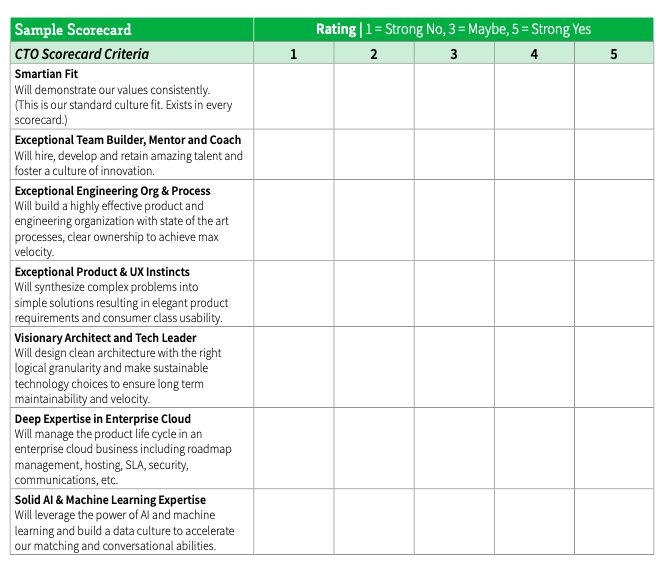Company culture is crucial for organizational alignment. It is the glue that holds businesses together. Therefore, it comes as no surprise that candidates are vetted not only according to their skills, but also culture fit. In order to fairly and efficiently assess for the latter, the process has to be objective and measurable.
Individually, the words culture and fit have fairly positive connotations. Put them together, however, and things change a bit. To some, culture fit amounts to nothing more than biased, exclusionary hiring practices. If you’ve ever caught wind of workplace chatter and heard someone described as “not being a good culture fit,” then you surely know how pejorative the expression can be.
While this might sound like an overstatement, it actually sums up feelings of ambivalence that many talent acquisition leaders have when it comes to the topic of hiring for culture fit.
“What most people mean by culture fit is hiring people they’d like to have a beer with,” says Patty McCord, a human-resources consultant and former chief talent officer at Netflix. “You end up with this big, homogenous culture where everybody looks alike, everybody thinks alike…”
What McCord and other TA leaders mean by culture fit is quite different. Simply put: it’s ensuring that the core values of new hires closely align with the core values of your company. There are myriad benefits to doing so, which we’ll enumerate throughout the article. However, there are also pitfalls that hiring teams should take care to avoid when crafting a strategy to hire for culture fit.
Why Hiring for Culture Fit Is Important
Companies that are able to attract, select, and retain talent know full well that talent acquisition is not something that can be halfheartedly invested in. Hiring is resource-intensive and requires meticulous long-term planning. If there are any faults in your hiring process, you’ll inevitably have to hire again, which translates to more overhead. In order to maximize the return on investment of your efforts, your company must prioritize employee retention. As it turns out, there’s a very narrow window of time in which employers can make that happen.
According to a 2017 Leadership IQ survey of 20,000 hiring managers, 46% of new hires failed within the first 18 months of employment. Of those failures, a staggering 89% were due to personality or attitude issues. Only 11% were for lack of skill.
To safeguard against such high levels of new hire churn, one of the most important things companies can do is to have well-defined core values that relate to overall organizational goals and directly influence the thoughts, actions, and behaviors of everyone in the company. In other words—the company culture.

These values should be communicated clearly and openly at every stage of the candidate journey, whether through well-crafted employer branding campaigns or during the interview process. Transparent representation of values and overall company culture helps prevent misunderstandings that are not only inconvenient but unnecessarily expensive.
Furthermore, a 2004 study published in the Journal of Organizational Behavior found a positive, direct association between job satisfaction and the degree to which employees fit into the overall company culture. The study’s authors, Bryan Adkins and David Caldwell, also discovered that a perceived mismatch of the organization’s culture and what employees felt the culture should be is related to a number of negative consequences including lower job satisfaction, higher job strain, general stress, and disengagement.
What’s the Catch?
Concepts like culture, values, and morals are all subjective. Therefore, it’s impossible to create assessments based on these concepts that are equitable for candidates. This becomes especially problematic if hiring teams develop a rubric for culture fit that’s based on personality traits and individual preferences (without even taking into consideration that current scientific literature conclusively states that we all have inherent biases).
To paraphrase the quote from Patty McCord at the beginning of the article, with this kind of approach to culture fit you run the risk of having a monoculture. That’s not the only risk you run, though. A Boston Consulting Group study found that companies with more diverse management teams have 19% higher revenues as a result of more innovation. Using biased culture fit assessments not only limit diversity—in theory, they also limit revenue.

On the one hand, there’s demonstrative proof that hiring for culture fit has tangible benefits, but on the other it does pose very real drawbacks. What’s the solution?
Making Culture Fit More Measurable
One way to make culture fit assessments more objective is to introduce more structured processes around interviews. This organization helps standardize feedback, reduce bias, and improve the candidate experience. Research has found structured interview formats to be one of the strongest predictors of a candidate’s future success.
Structured interviews are developed for each role like mini standardized tests—interviewers use the same sets of questions in all interviews and use the same evaluation criteria to assess candidates’ responses.
A structured scoring system and grading rubric can further standardize the selection process. Developing a good interview scorecard for a job can be challenging. It serves as an initial brief and aims to answer the question “What do we really need this person to achieve?” This means it’s important that all interviewers have a strong understanding of the standards.
Structured interview questions level the playing field for all candidates by evaluating them all on a specific set of criteria, which helps mitigate any friction between interviewer and interviewee. In this format, all candidates are held to the same standards, independent to how they respond to a specific interviewer’s style or questions. Lastly, standardized questions make interview feedback from different interviewers more reliable and more comparable.

Interview scorecards like the ones in SmartRecruiters (see above) are a great way to help your hiring team make consistent hiring decisions. Each scorecard is attached to a specific job and consists of up to 20 high-level core competencies (including those that correlate to our company values) that are critical for the job. Interviewers can view the criterion’s definition, rate the candidate against each area of assessment, and provide additional comments.
Conclusion
Though it’s impossible to entirely steer clear of biased hiring practices, every action taken to neutralize them counts. In addition to adopting standardized interview processes, be sure to check out SmartAssistant, which helps eliminate subjectivity by enabling hiring teams to align faster and identify quality talent more easily using data science to fuel selection decisions.






